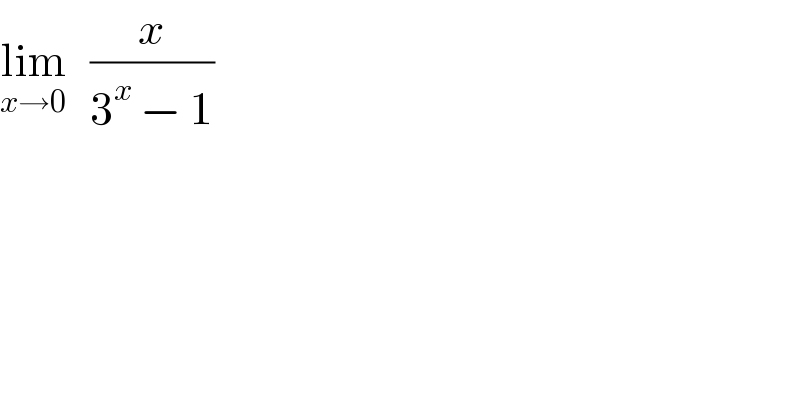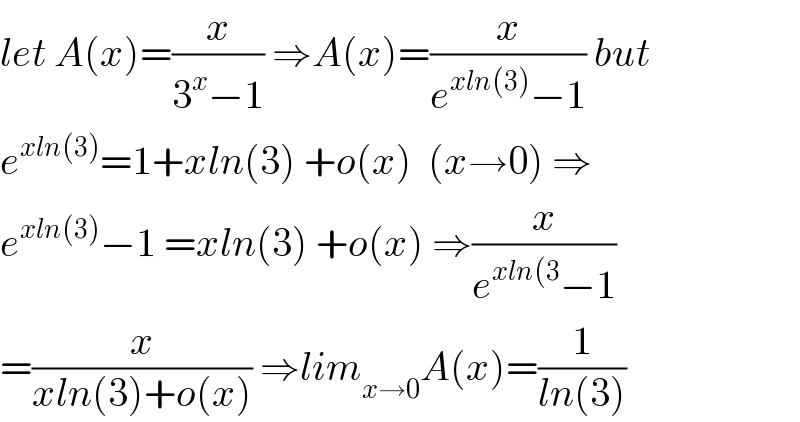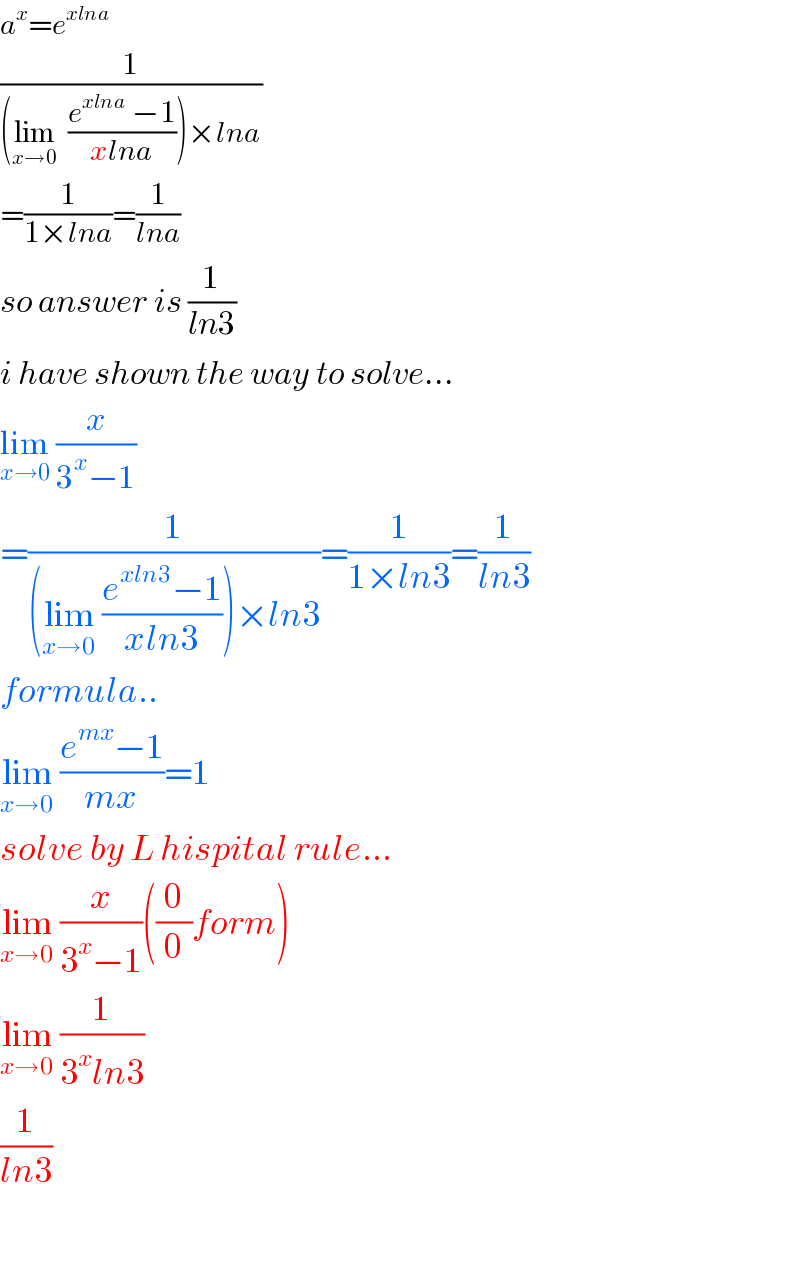
Question and Answers Forum
Question Number 54944 by naka3546 last updated on 15/Feb/19

Commented by Abdo msup. last updated on 15/Feb/19

Answered by tanmay.chaudhury50@gmail.com last updated on 15/Feb/19

Commented by naka3546 last updated on 15/Feb/19

Commented by tanmay.chaudhury50@gmail.com last updated on 15/Feb/19

Answered by $@ty@m last updated on 15/Feb/19

